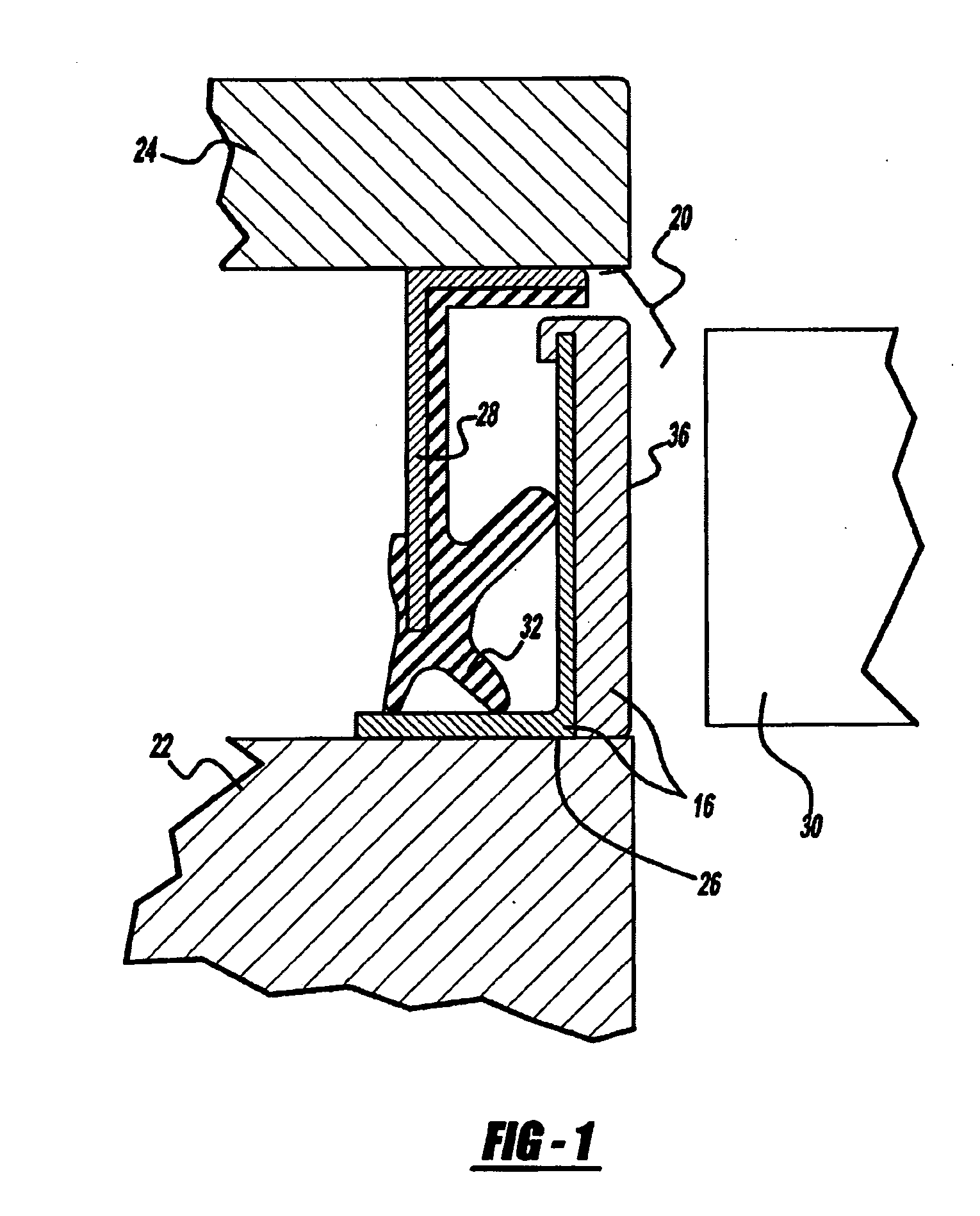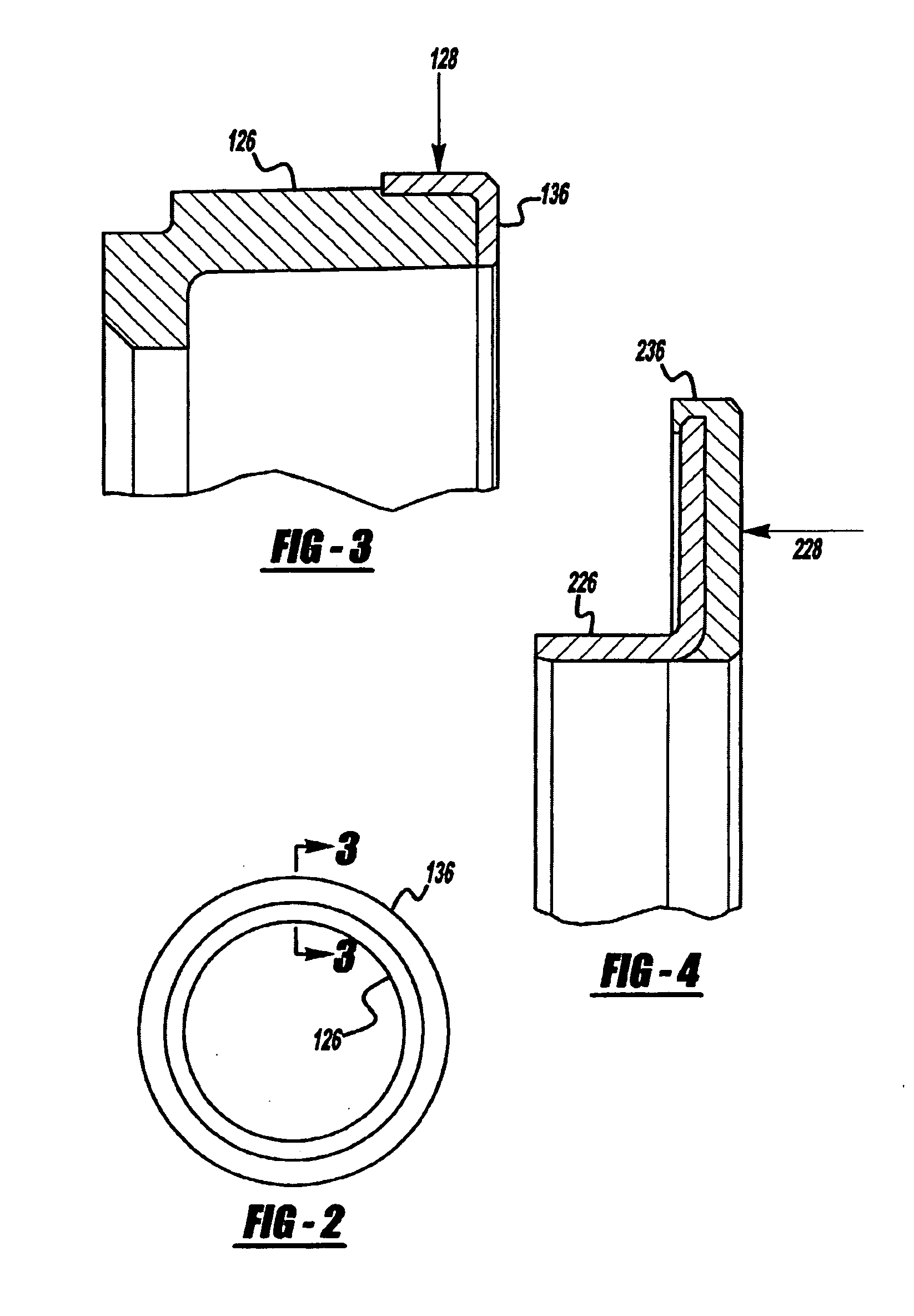Magnetizable polymeric compositions
a polymer composition and magnet technology, applied in the field of magnetizable thermoplastic elastomers, can solve the problems of difficult material handling, slow and laborious, and difficult to blend thermoset elastomer-based magnetic compounds in production-sized rubber compounding equipment, etc., and achieves the effect of easy production of robust parts for handling and function
- Summary
- Abstract
- Description
- Claims
- Application Information
AI Technical Summary
Benefits of technology
Problems solved by technology
Method used
Image
Examples
examples
[0054] Magnetizable compositions of the invention are prepared according to the recipes given in Example 1 and Example 2. The weight percents and volume percents given in Examples 1 and 2 are the percentages in the final magnetizable composition. In Examples 1 and 2, half of the ferrite material is combined with the polyester elastomer and half is combined with the ethylene acrylic elastomer in separate streams. The streams are melted and stirred together with the ferrite material. The mixing streams are combined in a twin screw extruder, followed by addition of a diamine curative package for the ethylene acrylic elastomer. After further mixing for a time sufficient to cure the Vamac G material, the magnetizable composition is removed from the twin screw extruder. The material from the extruder is combined with carbon black and optional other processing aids and molded into a disc shaped or annulus shaped ring. The disc or annulus is magnetized according to known procedures to produ...
PUM
| Property | Measurement | Unit |
|---|---|---|
| coercivities Hc | aaaaa | aaaaa |
| melt temperature | aaaaa | aaaaa |
| temperature | aaaaa | aaaaa |
Abstract
Description
Claims
Application Information
 Login to View More
Login to View More - R&D
- Intellectual Property
- Life Sciences
- Materials
- Tech Scout
- Unparalleled Data Quality
- Higher Quality Content
- 60% Fewer Hallucinations
Browse by: Latest US Patents, China's latest patents, Technical Efficacy Thesaurus, Application Domain, Technology Topic, Popular Technical Reports.
© 2025 PatSnap. All rights reserved.Legal|Privacy policy|Modern Slavery Act Transparency Statement|Sitemap|About US| Contact US: help@patsnap.com



